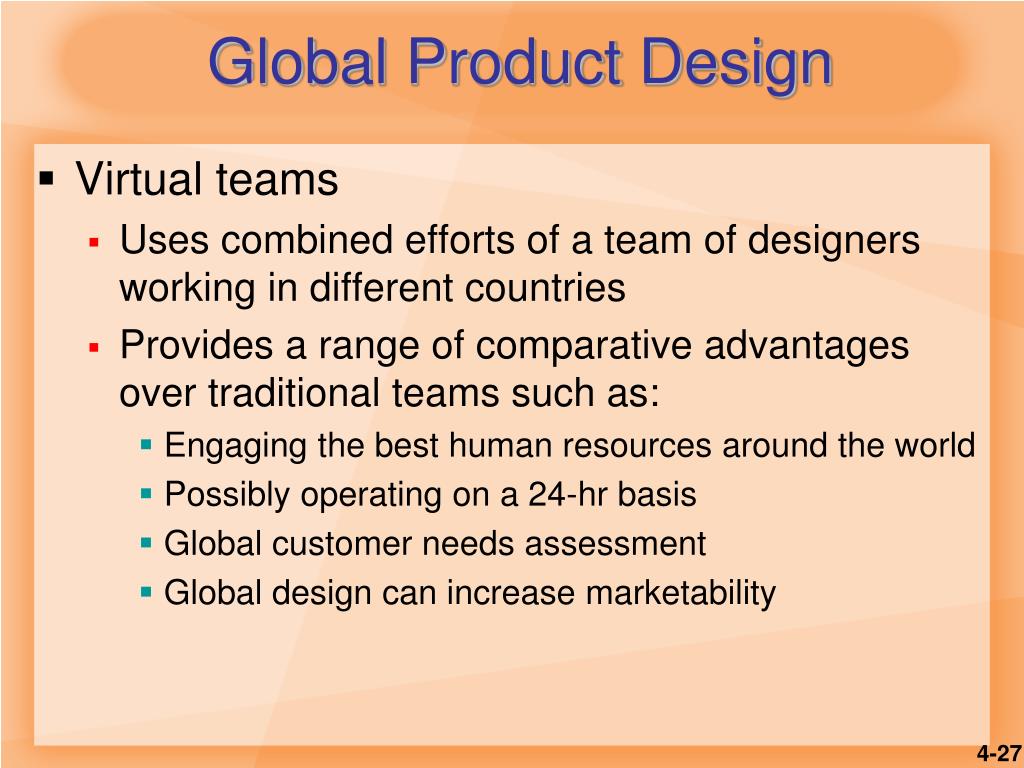In an increasingly interconnected world, the method to product design and manufacturing is evolving at a fast pace. Companies are no longer restricted by geographical boundaries when it comes to creating groundbreaking solutions. Embracing a global perspective in product design enables organizations to tap into varied markets, cultures, and ideas, improving their ability to create products that appeal with a broader audience. This change opens a plethora of opportunities that may significantly enhance a brand's influence and sustainability.
The benefits of global product manufacturing extend far beyond mere cost savings. By utilizing resources and expertise from various parts of the world, companies can optimize their production processes and foster innovation. Collaborating with international teams encourages the exchange of distinct insights, which may lead to greater creativity and better product functionality. In the end, a global approach not only enhances the quality of products but also builds a stronger connection with consumers across various regions.
Understanding Global Markets
In today's globalized world, grasping worldwide economies is vital for any business aiming to succeed in goods design and manufacturing. Companies must acknowledge the varied needs and wants of customers across different societies and regions. This knowledge allows businesses to customize their products to meet diverse expectations, increasing client satisfaction and loyalty.
As organizations broaden their activities internationally, they gain access to a wider variety of resources, including resources, technology, and labor. This can lead to significant cost savings and efficiency improvements. By wisely sourcing components from different locations, firms can enhance their distribution chains and cut manufacturing costs, ultimately improving their profits.
Additionally, a worldwide strategy to product design fosters innovation. Exposure to different contexts encourages the exchange of ideas and concepts, which leads to innovative solutions that could not surface in a more localized setting. By collaborating with different teams and utilizing the distinct perspectives of different economies, firms can create innovative products that appeal across the globe.
Issues in Global Manufacturing
Worldwide manufacturing presents a unique set of challenges that can influence the productivity and success of product design. One major issue is the complexity of logistics, which can cover multiple nations and regions. manufacturers outside of china introduces risks such as delays in manufacturing, transportation issues, and varying costs due to changes in tariffs and trade regulations. Companies must remain adaptive and sensitive to these factors to ensure that their offerings reach the market on time.
Another important challenge is the cultural differences that can affect interactions and cooperation among groups distributed around the globe. Different areas may have different work ethics, methods of communication, and requirements, which can lead to misunderstandings and misalignment in efforts. Successful cross-cultural interaction and strong leadership are crucial to navigate these variations and ensure that all teams are working towards common objectives.
Quality assurance also becomes increasingly difficult in a worldwide manufacturing setting. Discrepancies in manufacturing standards, regulatory standards, and operational practices can lead in discrepancies in item quality. Companies must implement rigorous quality assurance measures and maintain direct supervision of their manufacturing collaborators to maintain their brand reputation and ensure consumer satisfaction across different markets.
Strategies for Successful Global Design
To achieve successful global product design, it is essential to conduct thorough market research which considers different needs and preferences of different regions. Understanding local cultures, buying behavior, and market trends helps designers customize products that cater to various demographics. Engaging with community stakeholders, including end-users and distributors, can provide critical insights into specific requirements that may not be obvious from a headquarters. This localized approach further increases customer satisfaction while also positions products more competitively within different markets.
Cooperation among international teams is another essential strategy for successful global design. Creating cross-functional teams composed of representatives from multiple regions allows for a rich exchange of ideas and perspectives. Utilizing technological resources which enable real-time communication helps ensure that all voices are heard. By valuing diverse viewpoints, companies can promote innovation and create products that are both functional and aesthetically appealing to a global audience. This collaborative environment also strengthens relationships among team members and promotes a climate of inclusivity.
Finally, prioritizing sustainability and responsible practices in global product manufacturing can significantly boost brand reputation and consumer loyalty. With heightened awareness of environmental issues, consumers are more and more seeking products that align with their values. Implementing eco-friendly materials and ethical labor practices throughout the supply chain demonstrates a commitment to sustainable manufacturing. Companies that implement these principles can differentiate themselves in a crowded marketplace and attract a conscientious consumer base, ultimately resulting in sustained success in global markets.

